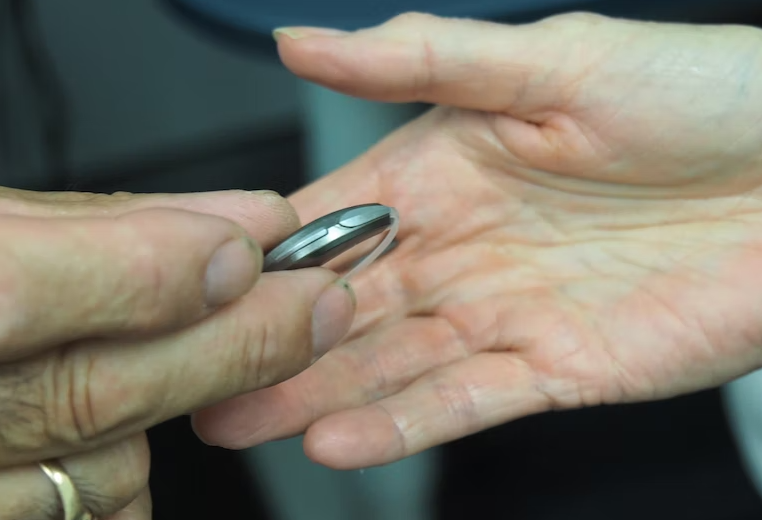
On Tuesday, Aug. 16, the Food and Drug Administration (FDA) said that it allows hearing aids to be made available over the counter without needing any medical exams or prescriptions.
FDA on Hearing Aids
According to Engadget, the FDA's move establishes a new category of over-the-counter hearing aids that can be sold to consumers without requirements.
This new decision only applies to hearing aids for adults with mild to moderate hearing problems, excluding devices for more severe hearing loss, which will still require a prescription from a doctor.
NBC News reported that the action is intended to make hearing aids cheaper and more widely available to millions of people in the US, mostly older adults, who tend to suffer from hearing loss as they age.
Also Read: Apple Confirms iPhone 12 Sound Issues: Here How to Fix Hearing Aid Bugs!
The price of standard hearing aids, which usually includes a consultation with an audiologist and a fitting, is around $7,000 per pair without insurance, according to an advocacy group, the National Council on Aging.
Because of the high cost of hearing aids, a lot of people are discouraged from seeking help, according to Xavier Becerra, the secretary of the Health and Human Services.
Becerra is hopeful that the FDA's latest decision can help make hearing aids more accessible and affordable for many people.
Hearing Aids Cost
For years, several consumer advocates have complained that the cost of hearing devices is too expensive in the US.
They have called on regulators to implement new rules allowing more affordable, over-the-counter devices.
In 2017, the US Congress passed legislation requiring the FDA to create a category of over-the-counter hearing aids, but it is only now being implemented, according to NBC News.
Around 30 million adults in the country have some form of hearing impairment, but only 1 in 5 Americans have sought care, according to Dr. Robert Califf, the FDA Commissioner.
People with mild to moderate hearing problems could see these affordable hearing aids available online and in drugstores as early as October when the rule is scheduled to take effect.
Califf said that the agency is working with manufacturers to ensure that the devices are of good quality and that they meet the performance criteria of the agency.
The new rule includes labeling requirements for the devices, including information on age limits, reported adverse events, and symptoms of hearing loss that should prompt a consultation with a doctor.
According to Brian Deese, director of the White House National Economic Council, the agency estimates the rule will save patients $1,400 per individual hearing aid or more than $2,800 per pair.
How to Choose the Right Hearing Aid
According to MayoClinic, patients need to know what type of hearing aid they need before buying one. They need to choose between in canal, completely in the canal, in the ear, behind the ear, receiver in the canal, receiver in the ear, and open fit.
Hearing aids also have additional features you need to consider, such as noise reduction, rechargeable batteries, directional microphones, wireless connectivity, telecoils, remote controls, direct audio output, and more.
Related Article: How to Find the Best NANO Hearing Aids on the Web
This article is owned by Tech Times
Written by Sophie Webster

![Apple Watch Series 10 [GPS 42mm]](https://d.techtimes.com/en/full/453899/apple-watch-series-10-gps-42mm.jpg?w=184&h=103&f=9fb3c2ea2db928c663d1d2eadbcb3e52)


